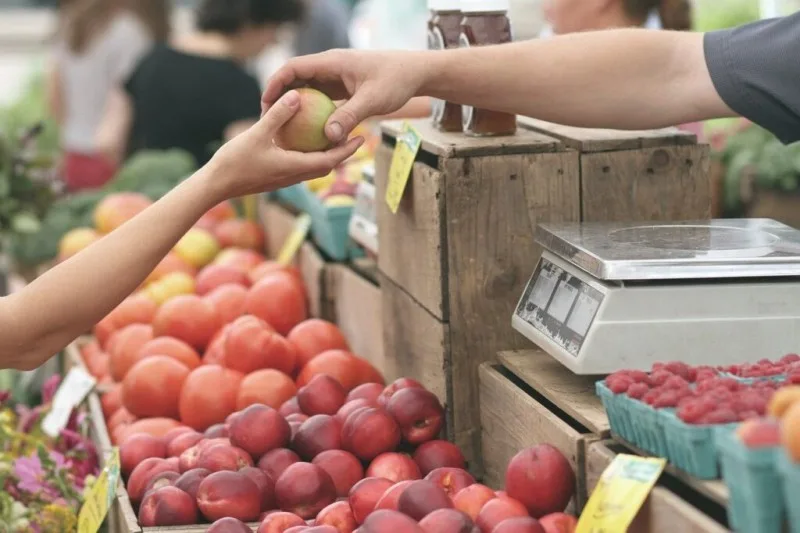Rabat – Morocco’s consumer price index (CPI) rose by 0.3%compared to the previous month.
After This increase is associated with higher food and fuel costs for data from the high planning commission (HCP), which continue to influence budget expenses.
Food prices rose by 0.6%with remarkable increases in the fruits (+3.3%) and vegetables (+2.7%).
The prices for seafood, dairy products, eggs, coffee, tea and cocoa also rose by 1%. However, meat prices decreased by 0.7%, while oils and fats decreased by 0.6%.
Non-food products recorded an increase of 0.2%, especially due to an increase in fuel prices by 1.9%.
Some cities had stricter price fluctuations than others. Casablanca and Fez recorded the highest increase in 0.6%, followed by Rabat, Meknes, Laayoune and Beni Mellal.
Oujda and Tanger recorded an increase of 0.4%, while Errachidia was 0.3%. In contrast, Guelmim recorded a decline of 0.3% and prices in Marrakech, Settat and Safi by 0.2%.
Overall, consumer prices rose by 2.6% compared To the same period of the previous year, which is reduced from an increase in food products by 4.6% and an increase in non-food items by 1.2%. The category of non-food showed mixed trends, whereby the transport costs were 1.7%, while restaurant and hotel prices rose by 3.7%.
The core inflation, which excludes volatile and state -regulated prices, rose by 0.2% compared to January and increased by 2.4% higher than in February 2024.
Moroccans are still in the middle of the Ramadan with an increase in food prices, which increases the financial burden that many already feel. Fruit, vegetable and dairy products cost more than before, which makes it more difficult for families to prepare traditional meals.
The conversations in markets and houses revolve around this frustration because people have difficulty keeping up with the increasing costs. Despite the state efforts, many see a lot relief, and the holy month feels heavier in the budget budgets than ever before.





